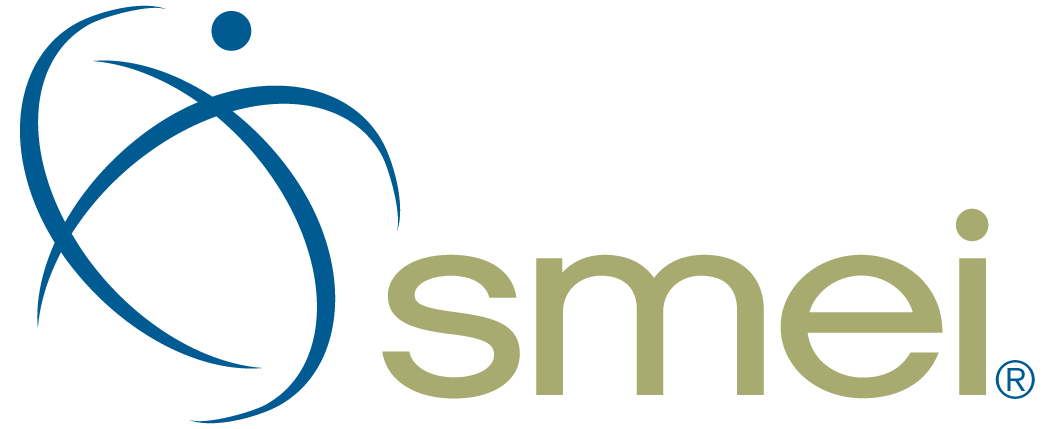Social Media Changes Driving Some Marketers Buggy
Social media is the most rapidly changing aspect of communications to begin with. Throw in an IPO (Facebook) and a major overhaul (LinkedIn) and modifications are barreling ahead so fast, even the techies seem unable to keep up.
“I’m a big believer in social media marketing for my business, so when I started having a lot of problems with LinkedIn, I didn’t wait – I sent an email to the Help Center,” says Marsha Friedman, CEO of EMSI Public Relations, in Wesley Chapel, Fla.
“Last week, a ‘customer experience advocate’ finally emailed me back. He wrote, ‘I apologize taking so long to get back to you. We are currently experiencing an unusual high volume of requests due to our recent site enhancements.’ “
Many of the changes were implemented Oct. 16 and, as EMSI’s social media specialist, Jeni Hinojosa, observes, “It’s a great overhaul.”
But, she adds, “It must not have gotten much of a test run because the site has been very buggy.”Celebritize Yourself: The Three Step Method to Increase Your Visibility and Explode Your Business
Over on Facebook, Friedman says she’s noticed advertisements popping up everywhere – even in her news feed.
“Now that the site has gone public, it’s trying all sorts of new tricks to make money for shareholders, but it’s creating some problems,” she says.
One of her employees got this error message while trying to post to her wall: “The server found your request confusing and isn’t sure how to proceed.”
Hinojosa offered a brief overview of some of the changes and a solution people are turning to – at least in the case of Facebook.
LinkedIn: “One of the new features I like is that you can check for comments and other activity without getting notices sent to your email,” Hinojosa says. “Just go to your LinkedIn page and you’ll see the notifications at the top, just like on Facebook.”
“The bugs I and others have encountered include being unable to check private messages; sporadically unable to get into groups; and being notified that invitations to join others’ networks are waiting – but when I look, I don’t see any,” Hinojosa says. “When we report the problems, the responses we’re getting sound like they’re working on them but they’re overwhelmed.
“Hopefully, they’ll get them worked out soon. The good news is, they’re aware.”
Facebook: “Sadly, I’ve been down this road before – and it didn’t lead to a good place,” Hinojosa says. “Remember MySpace?”
Since its initial public offering in May, Facebook has been making a lot of changes designed to add revenue. The newest of these are a $7 fee for “promoted posts” from your personal page and a $5 to $15 fee to promote posts from your fan page. They’re not yet available to all 166 million U.S. Facebook users, according to tech bloggers, because it’s still experimental.
Now, those with the option will see a “promote” button next to the “like,” “comment” and “share” buttons. Click “promote,” put the appropriate fee on your charge card, and that post will go to the top of your followers’ news feeds a few times in the days ahead. (It will also wear the Scarlet S label of “sponsored post.”) The promise is that more of your followers will see it.
“It doesn’t make a lot of sense when applied to personal pages,” Hinojosa says. “How many people will pay to show off their vacation photos? But people using Facebook as a marketing tool may be motivated to pay for more reach.
“Soon, everyone will be scrolling through a bunch of ‘sponsored’ posts before they get to the ‘free’ ones. If you want someone to actually see your post, you’ll have to pay.”
That’s why, she says, people are jumping to …
Google+: “If Facebook and Twitter had a baby, it would be Google+,” Hinojosa says.
This toddler network, which launched in June 2011, combines Facebook’s capabilities for sharing news and photos and Twitter’s searchability.
“It allows you to designate one or more “circles” for your friends,” Hinojosa says. “One co-worker might be ‘business’ and ‘close friends’ while another could be just ‘business.’ So everyone sees what’s appropriate for them based on your relationship.”
“Like Twitter, Google+ uses hashtags to help sort information and allow people to search for posts on particular topics,” she says. “For instance, if you type #cutecats into the search box at the top of your page, you’ll see everything with that hashtag – including comments that incorporate the label.
“What makes me happiest is, Google had its IPO way back in 2004,” Hinojosa says. “So we shouldn’t have to worry about this company suddenly drumming up ways to make us pay for what we previously got for free.”

Marsha Friedman is a 22-year veteran of the public relations industry. She is the CEO of EMSI Public Relations, a national firm that provides PR strategy and publicity services to corporations, entertainers, authors and professional firms. Marsha is the author of Celebritize Yourself: The Three Step Method to Increase Your Visibility and Explode Your Business and she can also be heard weekly on her Blog Talk Radio Show, EMSI’s PR Insider every Thursday at 3:00 PM EST.



